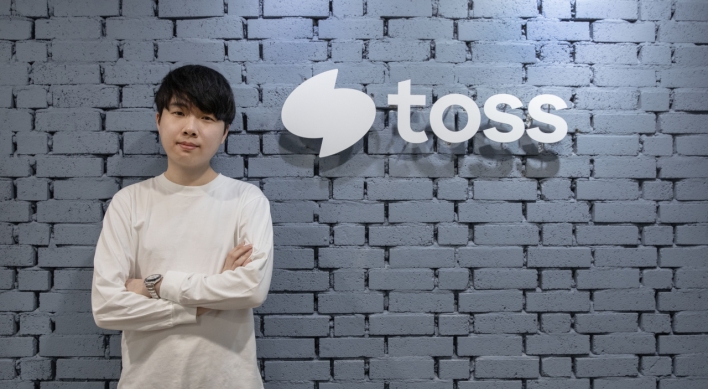A look back on Korea’s history through its little-known kingdoms
By Yoon Min-sikPublished : Jan. 8, 2019 - 17:20
Projects related to the Gaya Confederacy among major tasks in the culture sector this year
Finding and studying the remnants of ancient kingdoms will be one of South Korean culture authorities’ main tasks this year, buoyed by the president’s desire to launch a joint project between two regions of the country that have long been traditional rivals.
Research, excavation, exhibitions and other projects related to the legacy of the Gaya Confederacy account for 40 billion won ($35.7 million) of the 869.2 billion won budget allocated for the Cultural Heritage Administration, showing the Moon Jae-in administration’s resolve to rediscover the roots of the less-discussed kingdoms.
Gaya was a confederacy of kingdoms that existed in the southern region of the Korean Peninsula around A.D. 42-562, spanning what are now the Jeolla and Gyeongsang provinces. It was later annexed by its more powerful neighbor, the Silla Kingdom, which ultimately created the first unified kingdom that occupied the majority of the peninsula.
This year marks the third since the Moon administration, upon its 2017 launch, announced that research on and restoration of the Gaya legacy would be one of its priority projects.
Last month, the Foundation of East Asian Cultural Properties Institute revealed its findings at the fortress Angok Sanseong in Haman-gun, South Gyeongsang Province. They included the size of the Ara Gaya Kingdom’s fortresses and confirmation, for the first time ever, of the unique structure of its buildings.
Finding and studying the remnants of ancient kingdoms will be one of South Korean culture authorities’ main tasks this year, buoyed by the president’s desire to launch a joint project between two regions of the country that have long been traditional rivals.
Research, excavation, exhibitions and other projects related to the legacy of the Gaya Confederacy account for 40 billion won ($35.7 million) of the 869.2 billion won budget allocated for the Cultural Heritage Administration, showing the Moon Jae-in administration’s resolve to rediscover the roots of the less-discussed kingdoms.
Gaya was a confederacy of kingdoms that existed in the southern region of the Korean Peninsula around A.D. 42-562, spanning what are now the Jeolla and Gyeongsang provinces. It was later annexed by its more powerful neighbor, the Silla Kingdom, which ultimately created the first unified kingdom that occupied the majority of the peninsula.
This year marks the third since the Moon administration, upon its 2017 launch, announced that research on and restoration of the Gaya legacy would be one of its priority projects.
Last month, the Foundation of East Asian Cultural Properties Institute revealed its findings at the fortress Angok Sanseong in Haman-gun, South Gyeongsang Province. They included the size of the Ara Gaya Kingdom’s fortresses and confirmation, for the first time ever, of the unique structure of its buildings.
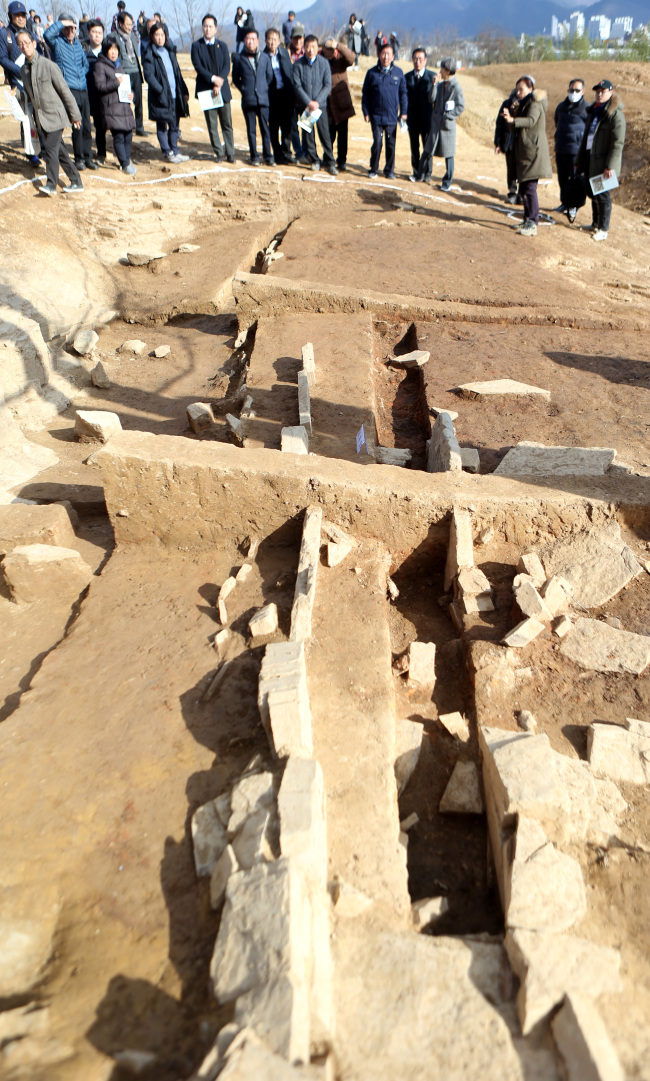
Researchers from the institute -- who worked with Haman-gun officials -- said the structure of the fortresses was unlike that seen in any other kingdoms of the period, with a foundation built from ample quantities of clay and stone for stability.
Gaya unknown
Despite being a major player on the peninsula for the first half of the first millennium, Gaya appears in very few records.
According to a study published by the Korean Literature Association, the first record from Gaya can be found in the “Records of the Three Kingdoms” by Chinese official Chen Shou, about the three kingdoms in China that existed between the second and third centuries. Researchers believe the small kingdoms on the Korean Peninsula mentioned in this document developed into the Gaya Confederacy.
Geumgwan Gaya, also known as Garakguk, was the most powerful kingdom for much of the confederacy, rivaling Silla in its prime. It eventually surrendered to Silla, enabling its royal family to be treated as nobility and resulting in the absorption of its culture into that of Silla.
Traces of Geumgwan Gaya can be found just about everywhere in modern Korea: Roughly 10 percent of the country’s entire population -- 4.5 million as of 2015 -- are descendants of the Kims of Gimhae.
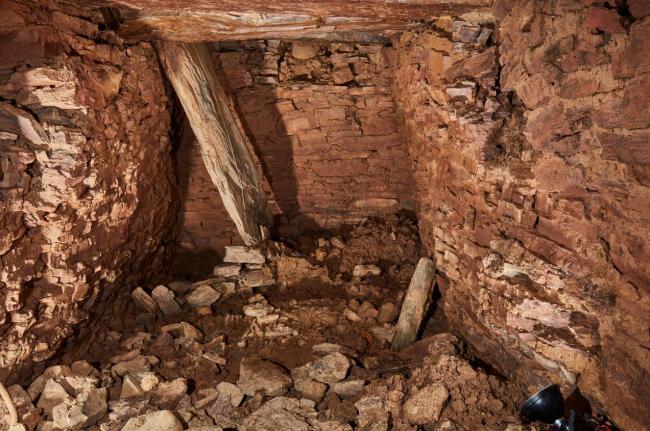
Most records of Gaya originate from “Samguk Yusa (Memorabilia of the Three Kingdoms)” and “Samguk Sagi (History of the Three Kingdoms), both written during the Goryeo Kingdom (A.D. 918-1392).
While the relative obscurity of Gaya is a major issue for historians, the Gaya project is also backed by political motives: Study of the confederacy will involve the participation of fierce rivals, the Jeolla and Gyeongsang provinces.
North and South Jeolla traditionally form a liberal region, while the Gyeongsang provinces are more conservative. The rivalry was so strong that for decades, conservative candidates in the Gyeongsang provinces could be expected to win landslide victories in nearly every election, and the converse was true in the Jeolla region.
Moon’s instructions to expand research on Gaya initially sparked opposition from scholars of ancient history, who took issue with the idea of politicians stepping in.
Ha Il-sik, head of the Society of Korean Ancient History, published a skeptical article immediately after Moon’s statement. “A study of ancient history cannot yield results in a short period, even if the president commands it, and should be left to the researchers,” he wrote.
Gaya studies on the way
In spite of the initial opposition, the society last month held a symposium on Gaya’s history with other historians here, saying that despite some doubts, it agreed that the kingdom’s history needed further research.
In addition to excavations and studies focusing on tumuli and palace sites in Haman-gun from the nation known as Ara Gaya, there will also be excavations and studies of fortress sites and tumuli in Gimhae once occupied by the Geumgwan Gaya nation.
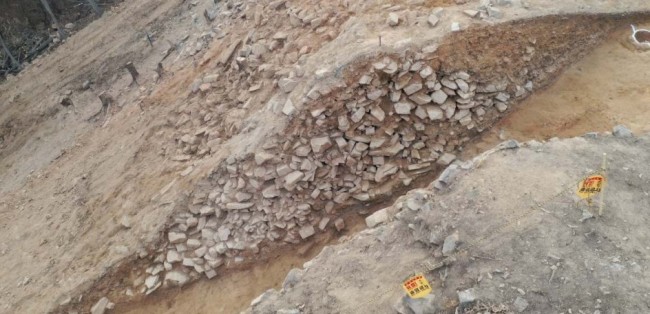
Excavations and studies of Daegaya will also take place. Daegaya, which literally means “Great Gaya,” was the most prominent kingdom in the confederacy in its later years, but very few records remain. Unlike Geumgwan Gaya, it sided with Silla’s rival Baekje and collapsed when its more powerful ally perished in a war against Silla. The year 562, when Daegaya fell, is generally regarded as the year Gaya disappeared forever.
Goryeong-gun, South Gyeongsang Province, where Daegaya was situated, has 704 tumuli believed to be the graves of people of royal and noble birth. It is currently on a list of tentative UNESCO World Heritage site candidates.
The county currently offers trekking, museums and other tourism opportunities at the site of the forgotten kingdom.
The results of the year-round excavation and research will be featured in a large-scale Gaya-themed exhibition at the National Museum of Korea in December. It will mark the first Gaya-themed exhibition at the museum since 1991.
According to museum officials, the exhibition will not only cover the archeological findings, but also the kingdoms’ history. After the exhibition, the museum plans to lend the relics to national museums in Japan.
By Yoon Min-sik
(minsikyoon@heraldcorp.com)



![[AtoZ into Korean mind] Humor in Korea: Navigating the line between what's funny and not](http://res.heraldm.com/phpwas/restmb_idxmake.php?idx=644&simg=/content/image/2024/04/22/20240422050642_0.jpg&u=)
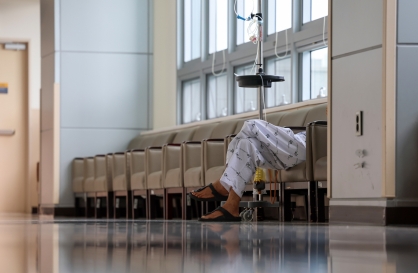


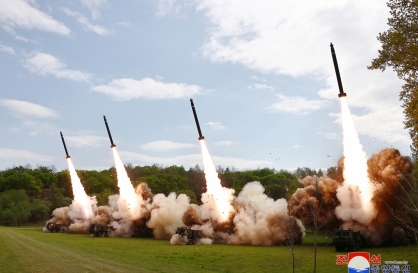
![[Herald Interview] Why Toss invited hackers to penetrate its system](http://res.heraldm.com/phpwas/restmb_idxmake.php?idx=644&simg=/content/image/2024/04/22/20240422050569_0.jpg&u=20240422150649)

![[Graphic News] 77% of young Koreans still financially dependent](http://res.heraldm.com/phpwas/restmb_idxmake.php?idx=644&simg=/content/image/2024/04/22/20240422050762_0.gif&u=)



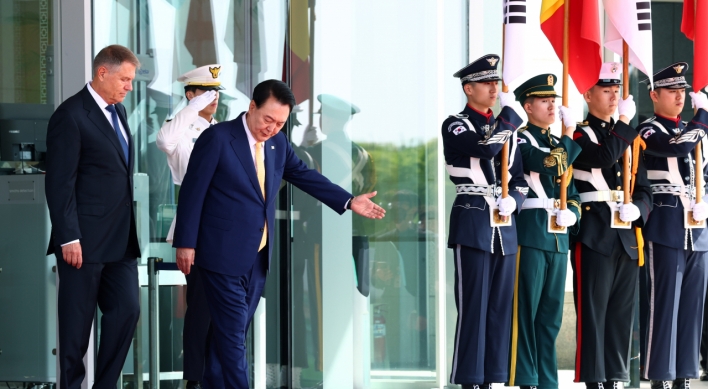
![[Exclusive] Korean military set to ban iPhones over 'security' concerns](http://res.heraldm.com/phpwas/restmb_idxmake.php?idx=652&simg=/content/image/2024/04/23/20240423050599_0.jpg&u=)

